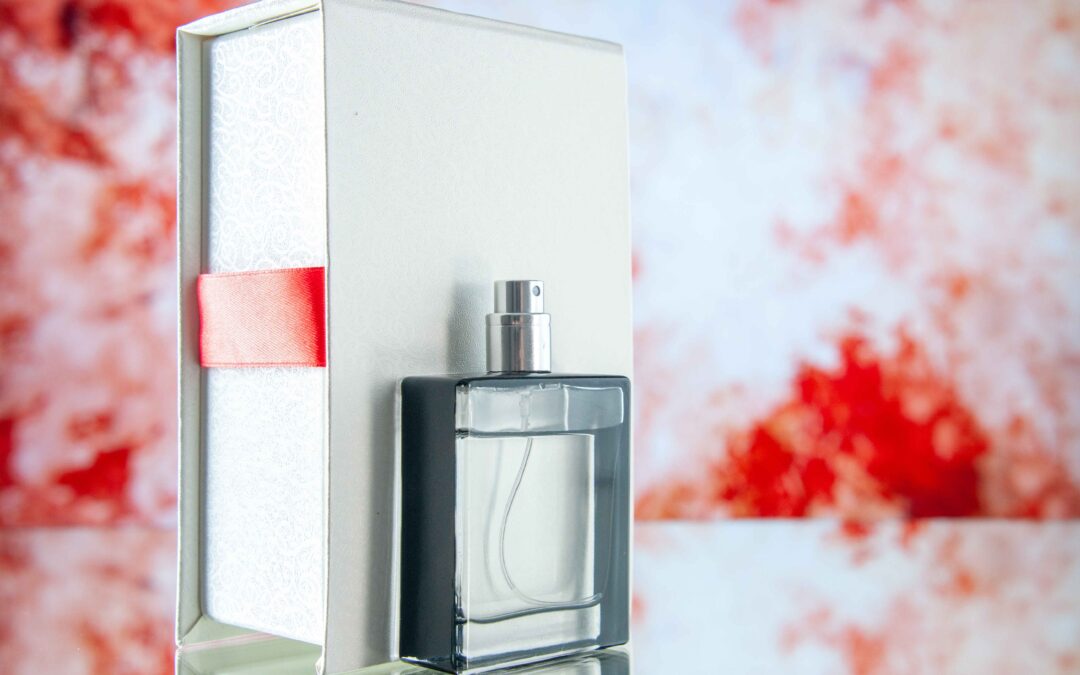Choosing the perfect colour palette for a period property is both an art and a science. It requires a deep appreciation for historical accuracy, an understanding of architectural nuances, and a keen eye for design. At Décor Developments Ltd, we pride ourselves on our expertise in period property painting and our commitment to preserving the integrity of historic structures. Whether you’re a homeowner looking to restore a Georgian townhouse or a developer undertaking a commercial & industrial painting project in a Victorian warehouse, selecting the right colours is paramount.
Understanding the Significance of Colour in Period Properties
Colour plays a pivotal role in defining the character and authenticity of period property painting. Each historical era had its distinct palette, influenced by available pigments, cultural trends, and technological advancements. By understanding these nuances, we can make informed decisions that honour the property’s heritage.
Historical Colour Palettes: A Journey Through Time
Medieval (15th Century)
During the medieval period, interiors were predominantly whitewashed using lime-based paints. This choice was both practical and symbolic, reflecting purity and simplicity. For those seeking authenticity, shades like Plain White or Dove, tinted with earth pigments, are ideal.
Tudor (16th Century)
Tudor interiors began to embrace richer hues, especially in affluent homes. While off-whites remained prevalent, deeper colours like Milk White and French Grey started to appear, often complemented by exposed timber beams.
Stuart (17th Century)
The Stuart era saw the introduction of coloured walls, with pigments like Garter Blue and London Brown gaining popularity. These colours added depth and warmth to interiors, reflecting the period’s evolving aesthetic sensibilities.
Georgian (18th Century)
Georgian interiors were characterized by elegance and restraint. Common colours included Drab Green, Granite Green, and Eau de Nile, often used to highlight architectural features. Off-whites and soft greys were also prevalent, providing a neutral backdrop for ornate furnishings.
Regency (Early 19th Century)
The Regency period embraced bolder colours, with hues like Celestial Blue, Pea Green, and Yellow-Pink adorning walls. These vibrant tones reflected the era’s fascination with classical antiquity and exotic influences.
Victorian (19th Century)
Victorian interiors were rich and opulent, featuring deep colours like French Grey, Sage Green, and Ashes of Roses. These shades were often paired with dark woods and intricate wallpapers, creating a sense of grandeur.
Factors to Consider When Choosing Colours
Architectural Features
Highlighting architectural elements can enhance a property’s character. For instance, painting mouldings, cornices, and skirting boards in contrasting colours can draw attention to these details.
Natural Light
The amount of natural light a room receives can influence colour perception. Rooms with ample sunlight can handle darker hues, while dimly lit spaces benefit from lighter shades to prevent a gloomy atmosphere.
Room Function
Consider the room’s purpose when selecting colours. Warm tones like terracotta or ochre can create a cosy ambiance in living areas, while cooler shades like soft blues or greens promote relaxation in bedrooms.
Existing Furnishings
Ensure that the chosen colour palette complements existing furniture, fabrics, and artworks. This harmony creates a cohesive and inviting space.
Period Property Painting: Tips and Techniques
Surface Preparation
Proper preparation is crucial. Ensure surfaces are clean, dry, and free from defects. Address issues like dampness or peeling paint before commencing.
Choosing the Right Paint
Opt for breathable paints, especially for older buildings. These allow moisture to escape, preventing damage to the structure. Natural paints, such as those offered by Edward Bulmer, are both eco-friendly and historically accurate.
Sampling
Always test paint samples in situ. Observe how the colour appears at different times of the day and under various lighting conditions.
Commercial & Industrial Painting: Bridging Heritage and Functionality
At Décor Developments Ltd, we understand the unique challenges of commercial & industrial painting in period properties. Balancing historical integrity with modern requirements demands expertise and precision.
Compliance and Regulations
Ensure adherence to local regulations, especially when working on listed buildings or in conservation areas. This includes obtaining necessary permissions and using approved materials.
Durability
Commercial spaces require durable finishes that withstand high traffic. Selecting robust paints that align with the property’s character is essential.
Aesthetic Consistency
Maintain a cohesive aesthetic throughout the property. This involves harmonizing new additions with existing features, ensuring a seamless blend of old and new.
FAQs
Q: Can I use modern colours in a period property?
A: While it’s possible, it’s essential to ensure that modern colours complement the property’s character. Often, muted or toned-down versions of contemporary hues work best.
Q: How do I know which colours were originally used in my property?
A: Paint analysis can reveal historical layers. Alternatively, research typical palettes from the property’s era or consult with heritage experts.
Q: Are there restrictions on painting listed buildings?
A: Yes, any alterations that affect a listed building’s character require consent.







0 Comments